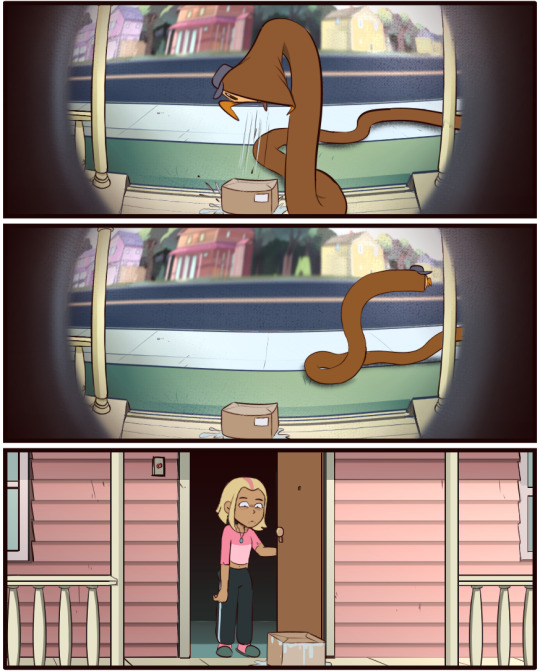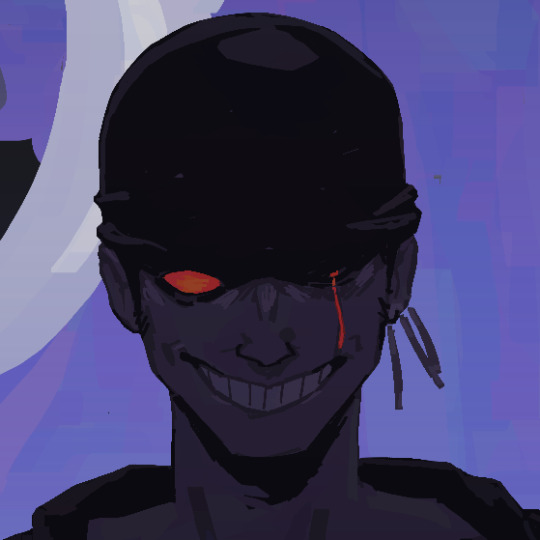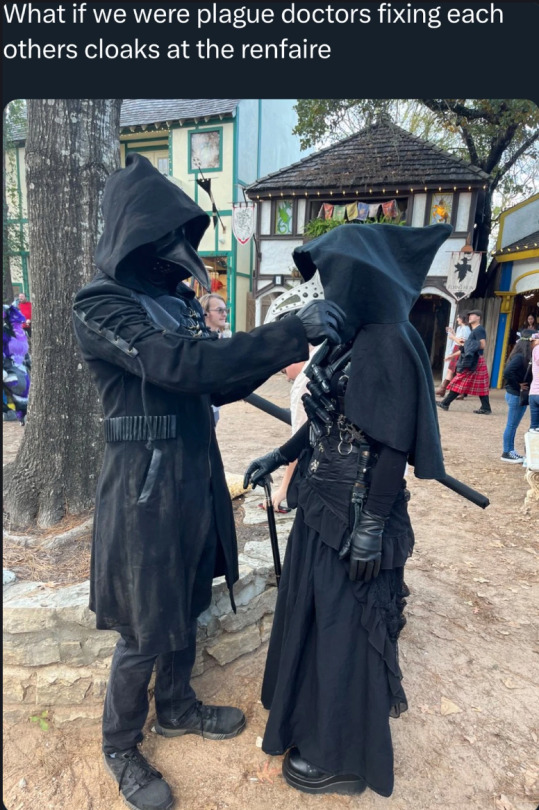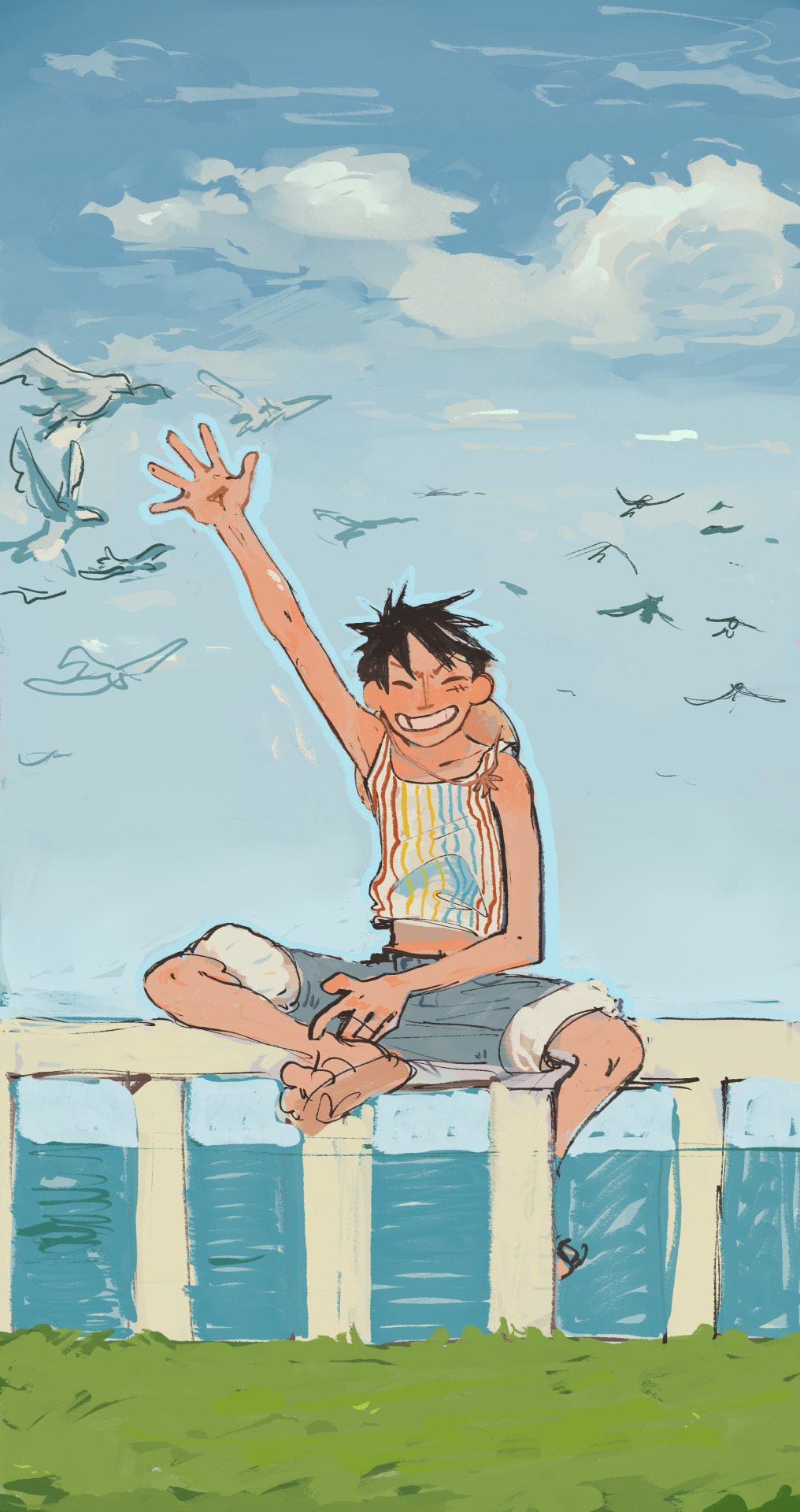Text
Making the Most out of your First Draft
As someone who used to write every first draft without planning and then use that to figure out characters and outlines, I have a lot of experience in first drafts that are incredibly helpful to forming an actual story, and drafts that don’t add much.
So here’s how to make the most out of your first draft:
1. Write what doesn’t make sense
One of the most helpful first drafts I ever wrote abandoned plotlines and started new ones as though they had existed all along like several times. It was also the longest draft I had ever written because I had packed so many ideas into it. The reason why this is helpful is because you can test out what a plot point will look like in the middle or even end of your story without having to go back to the same beginning again and again.
It doesn’t need to make sense, just try things out. Disappear characters who don’t work, add a best friend near the end that acts like they’ve been there the entire time, whatever idea you’re interested in you can try out without worrying too much about what makes sense or what you’d need in place to set it up. It's like literally stream of consciousness writing, and you're going to learn so much more about your world, plot, and characters than trying to make it make sense.
2. Write poorly
I spent a lot of that first draft having characters monologue to themselves or each other about their interests and problems and lives which allowed me to explore their backstories and voice even if that’s not something I would do in a final draft. I had the wackiest plot points to see how my characters would react, what would happen to the plot, and if I didn’t like it I would keep going like nothing had happened, I did a lot of yadda-yaddaing over worldbuilding and setting the scenes and making up things on the spot to see if they’d stick, skipping sometimes to the interesting stuff, or adding in a random scene just for fun.
It doesn’t have to be good. Even a little bit. You’re learning about your world and your characters and the story you want to tell, but you aren’t writing it yet. Allow it to be the worst thing you’ve ever written.
3. Make notes on what you like
As you go through and throw spaghetti at the wall (figuratively speaking), make notes on the things that stick. If you write a line of dialogue you really like, or a piece of backstory or even a vibe, make sure to make a note of it somewhere. This will help you narrow down your ideas to what you want to keep when you start writing your story. And if you’re like me and you want to outline or plan your subsequent drafts, these notes will be invaluable to start forming your planning.
Anything else I missed?
260 notes
·
View notes
Text

I've still got Gargoyles on my brain. Please know that my heart belongs to The Trio and the single brain cell they share.

543 notes
·
View notes
Text
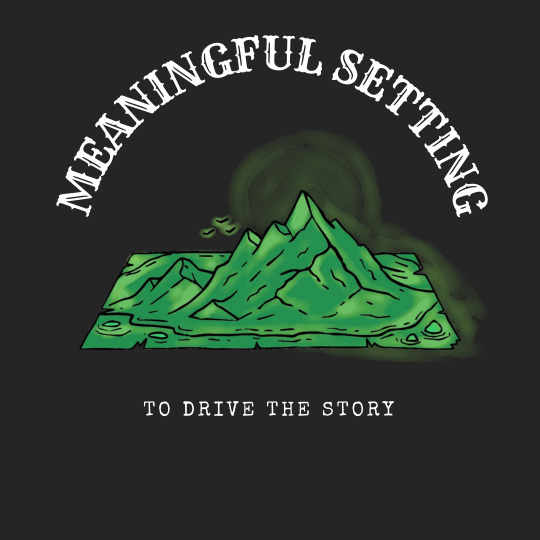
Using Description and Setting Meaningfully
The setting, and a writer's description of it, is an essential part of any story. A good writer would use that setting for more than just a place for things to happen.
Use setting to emphasize other aspects of the story, such as:
Magnify the theme
Convey the general mood
Enlarge conflict
Magnifying Some Theme Through Description
Here's the thing about theme: modern readers aren't looking to be reformed. They wish to be entertained.
So, let description carry the burden of conveying the theme rather than you having to say it!
Side note: Theme is NOT a few haughty ideas you learn in lit class (like pride, beauty, everlasting love) but anything that you are trying to convey in a particular scene (like, trying to get a date). You can have several themes instead of one lofty philiosophical theme. That's fine.
The key here is to pick and choose the kind of details that contributes to the theme. A few examples:
Theme = oppression and manipulation of workers.
Aim = highlight deariness and tension
Setting: a break room in a factory
Details: slow ticking of a clock, raspy gurgling of a coffeemaker, completely utilitarian carpet and walls
Theme = teenager scheming a scam that his father already knows about
Aim = establish stealthy tension
Setting: the breakfast table
Details: toaster loudly launching two slices of bread at exactly the same moment that the teenager realizes his plan is ruined, catlike movements of the "stealthy"teen
Theme = a character's life is about to be transformed
Aim = show that change is imminent
Setting = train platform
Details: the darkness falling, colors of distant hills and the sky changining, the last train rolling in, workers happliy switching from "work mode" to "weekend mood" as the character waits for his train
Conveying Mood and Tone
The mood of a character determines how the story progresses.
If your main character is depressed, the plot will crawl on and take on a brooding, ominous tone. If he is determined, passionate and happy, the plot will speed up into loud, blowing action.
Often, the prevailing mood doesn't come from the character, but from the setting itself.
Again, let's explain by example:
Mood = Gloomy, baleful
Details: Sulphurous smoke, thick fog, horses' hoofs on cobbled streets, vendor's cries, unseen organ creaking out a sinister tune, sounds being muffled
Word choice is important. If you're conveying gloom, using strong verbs like creak, screech and adjectives like sinister and eerie.
Use sensory description: visual, auditory, tactile, olfactory and gustatory.
Another way is to describe simple actions:
Mood = irritation, aggression
Details: mashing the end of a cigarette in his plate, one draught of the coffee in his cup, wiping lips with his napkin - crumpling and dropping in on the table, standing up from the table, staring at the other person.
Mood = Giddiness
Details: flicking water from his glass on a lunch companion, twisting his napkin, playing with food without eating
Once you've established a prevailing mood, you've pretty much set the course of your story. No reader will expect the main character to party all night with loud rock music after a sinister description of his way back home.
Enlarging Conflict
Think of the things or actions that will eventually build up to the main conflict. Then, choose a setting that will naturally bring out such an action/ though from the characters in it.
Conflict = Woman hasn't spoken to her son for a decade and now, she has to confront him
Setting: House where she raised her son, among things that he hasn't seen in all that time, working bits of backstory into objects in the house (tie in a sofa, picture on the wall), mannerisms of the characters as they greet each other at the door.
Allow the setting to provide the little sparks that will blow up eventually. This way, you can effectively cut out that slow middle and jump into action without much effort.
Description is a matter of wordsmithing, of selecting preciosuly the right words to create certain meanings. Make every word and sentence count.
If you like my blog, buy me a coffee☕ and find me on instagram! 📸
136 notes
·
View notes
Text
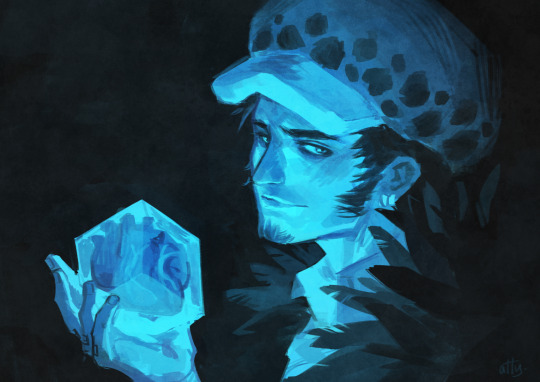
couldnt upload this yesterday bc of the tumblr ban but anyway, my hands were tired doing lineart for a work thing so heres a painting to cooldown
1K notes
·
View notes
Text
Hey folks, if you want to fight back against the twitterfication of tumblr USE IT LIKE IT'S TUMBLR!!!!!! REBLOG THINGS!!!!!! USE THE TAGS TO SCREAM AT YOUR FRIENDS!!!!!!!
78K notes
·
View notes
Text

828 notes
·
View notes
Text
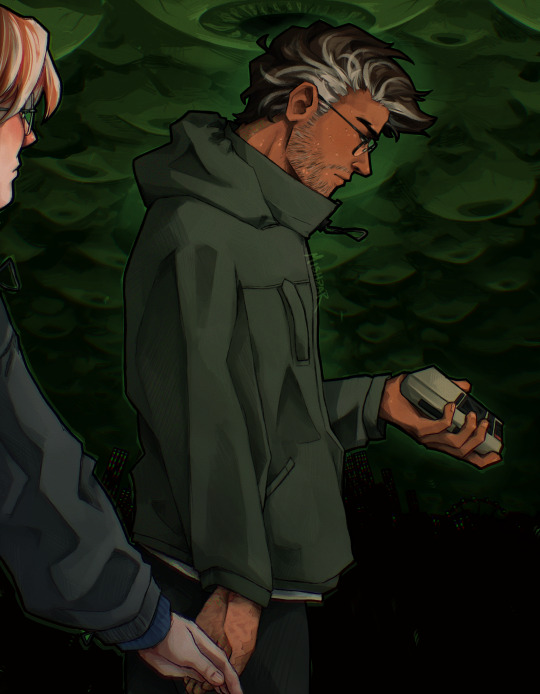
cute first date idea! End The World.
5K notes
·
View notes
Text
just learned that magnolias are so old that they’re pollinated by beetles because they existed before bees
358K notes
·
View notes



